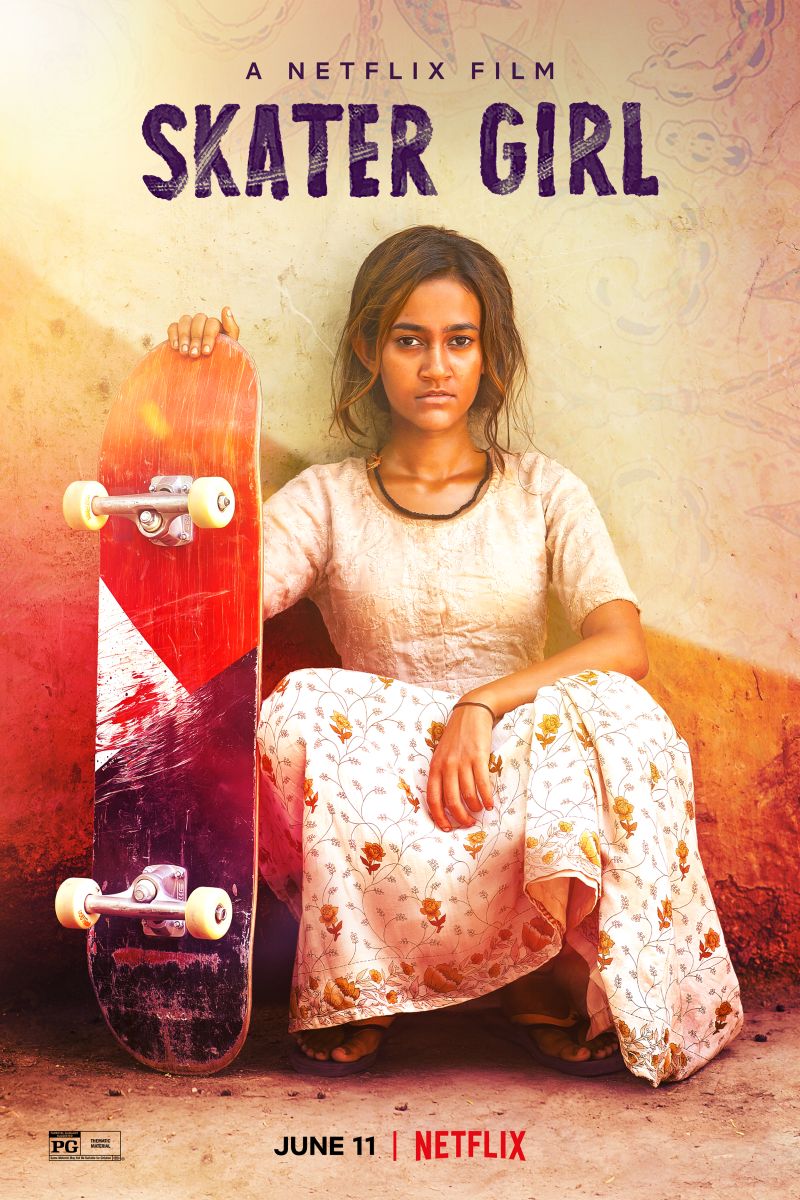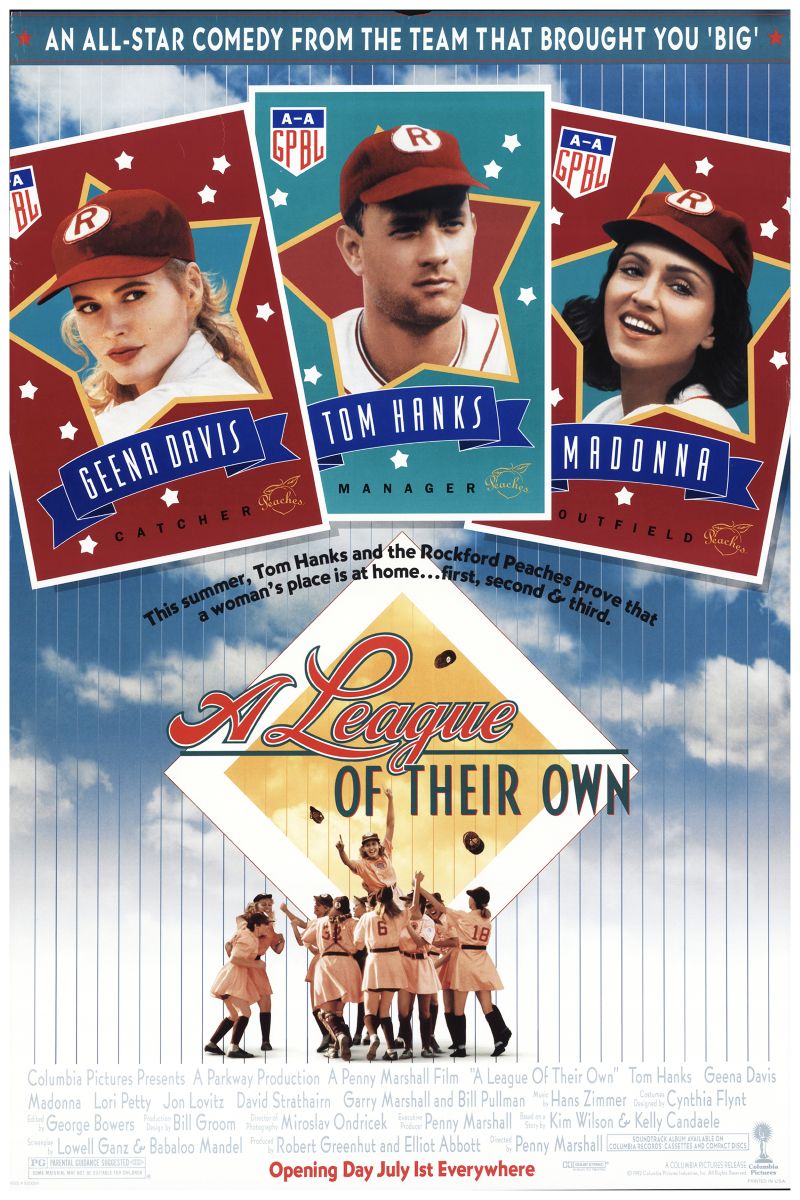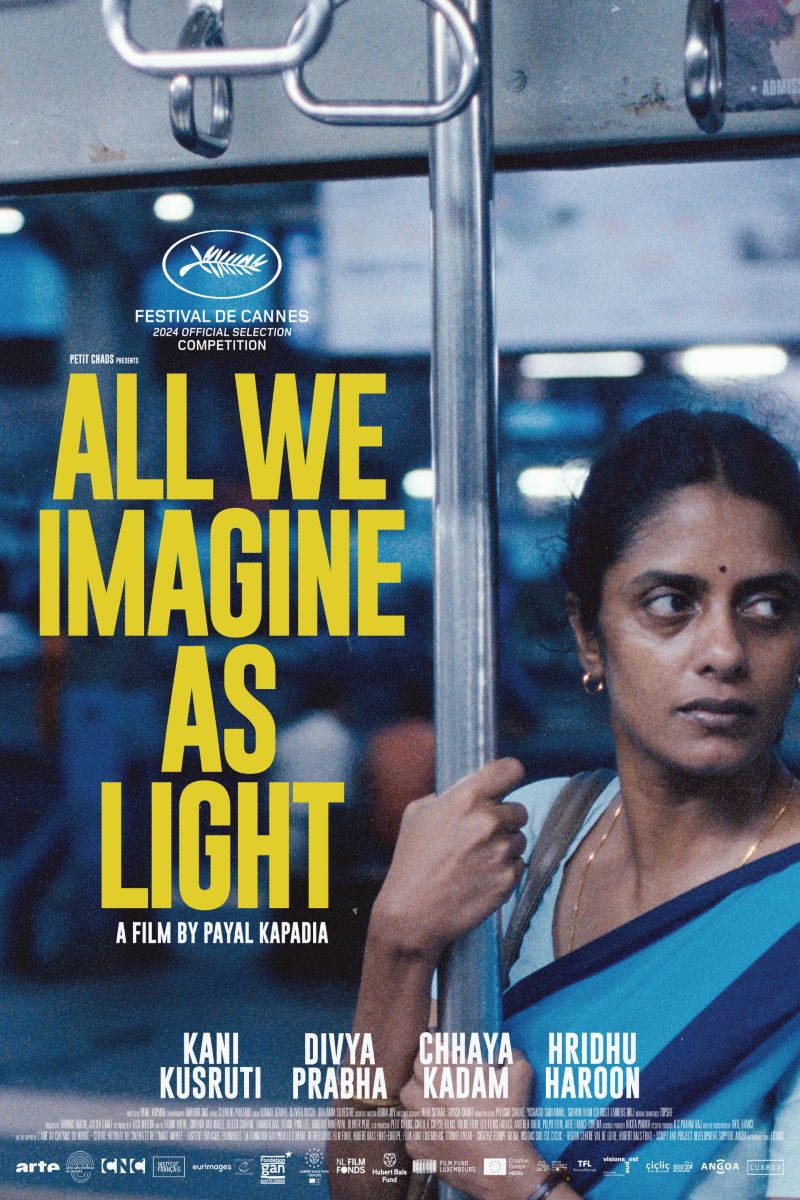
Skater Girl
Skater Girl
The coming-of-age story of Prerna, a teenage girl from a remote village in Rajasthan who discovers skateboarding and challenges traditional gender expectations and social norms. This family-friendly inspirational film explores Indian rural women's educational rights, gender equality, caste system, and the transformative role of sports in women's empowerment through skateboarding.
Cast
Related Topics
🎥 Film Analysis & Review
Skater Girl is Indian director Manjari Makijany’s feature directorial debut, a heartwarming and empowering coming-of-age film that deeply explores educational inequality, gender discrimination, caste system, and the transformative potential of sports as a tool for women’s liberation through the story of Prerna (Rachel Saanchita Gupta), a teenage girl from a remote village in Rajasthan who encounters skateboarding. The film is not only an inspirational story about pursuing dreams but also a brave challenge to traditional gender norms and a powerful advocacy for women’s educational rights.
From a gender norms challenge perspective, the film’s most subversive element is skateboarding itself. In traditional Indian society, sports, especially “extreme sports” like skateboarding, are considered male domains. Prerna’s excitement and sense of freedom when first encountering skateboarding symbolize her desire to break gender boundaries. Skateboarding becomes her tool for expressing individuality and challenging traditional expectations. The film shows the resistance girls face when participating in “male” activities and how they win recognition through persistence and skill demonstration.
From an educational equality perspective, Prerna’s educational path reflects structural barriers faced by Indian rural girls. Poverty, caste prejudice, gender discrimination, and early marriage pressure all obstruct her access to formal education. The film shows how education is viewed as privilege rather than right, especially for girls from low-caste families. However, skateboarding opens up a non-traditional path to growth for her, proving that learning and skill development can be achieved through various forms.
The film’s exploration of sports equality carries profound social significance. The establishment of the skate park not only provides new activity space for local youth but more importantly creates a gender-equal environment. Here, skill and passion matter more than gender and social status. Prerna’s talent and determination demonstrated on the skate park challenge stereotypes about women’s physical capabilities and competitive instincts.
From a cultural identity perspective, Prerna must find balance between traditional values and modern opportunities. She deeply loves her family and cultural traditions but also desires to break traditional limitations on women. The film shows the complexity of this internal conflict—she doesn’t simply reject traditional culture but seeks to claim more choices while respecting tradition.
The theme of economic empowerment runs throughout the film. Prerna’s family’s financial difficulties limit her educational opportunities and increase the possibility of forced early marriage. Skateboarding provides her with a different vision of the future—the possibility of gaining recognition and opportunities through athletic skills. Though the film doesn’t directly show her gaining economic benefits through skateboarding, it suggests sports’ potential as a channel for social mobility.
From a family liberation perspective, the evolution of Prerna’s relationship with her father forms the film’s emotional core. Initially, her father opposes her participation in skateboarding, believing it doesn’t suit a girl’s identity. However, when he sees his daughter’s talent and happiness, he begins questioning his own concepts. This transformation represents not only personal growth but also symbolic evolution of traditional family structures toward more supportive and equal directions.
The film’s exploration of youth rights manifests in its emphasis on young people’s autonomous choice rights. Prerna, as a teenage girl, often has her thoughts and choices about her future ignored by adults. Skateboarding gives her a platform to express herself and demonstrate capability, proving young people have the ability to make wise decisions about their lives.
From a cross-cultural feminism perspective, the film shows how globalization provides new possibilities for local women. Though skateboarding originated in the West, it becomes a tool for challenging local patriarchy in Prerna’s hands. This cultural exchange is not simple Westernization but creative localization—integrating foreign elements into local cultural contexts, creating new pathways for women’s empowerment.
The film’s visual language reinforces its feminist themes. The fluid movements of skateboarding contrast with the magnificent landscape of the Rajasthan desert, symbolizing the tension between freedom and constraint, tradition and modernity. Prerna’s performance on the skateboard is filmed with power and beauty, challenging traditional representations that view female bodies merely as decoration.
From a community building perspective, the skate park becomes a space promoting social integration. Children of different castes, genders, and ages play and learn together here, breaking traditional social boundaries. This portrayal suggests sports’ possibility as a tool for social integration, especially in societies with strict hierarchical systems.
The film’s critique of the caste system is subtle yet powerful. Prerna’s low-caste identity affects her educational opportunities and social status, but on the skate park, her skills and passion matter more than her origins. This contrast reveals the arbitrariness and injustice of traditional hierarchical systems.
From a mother-daughter relationship perspective, interactions between Prerna and her mother reflect generational differences in expectations of women’s roles. The mother hopes her daughter follows traditional paths while Prerna yearns to explore new possibilities. The film shows the complexity of this generational conflict, neither completely negating traditional wisdom nor blindly embracing modernization.
The film’s portrayal of friendship and solidarity is also noteworthy. The friendships Prerna builds with other skateboarding enthusiasts transcend gender and social status boundaries. These friendships provide her with emotional support and skill development opportunities, proving the importance of peer relationships in adolescent development.
Director Manjari Makijany’s perspective as a female filmmaker infuses the film with unique authenticity. She not only tells a girl’s story but also promotes social change in reality—after filming completed, the skate park continues serving the local community with hundreds of children benefiting. This combination of filmmaking and social action embodies feminist cinema’s sense of social responsibility.
From globalization and localization perspectives, the film shows how foreign cultural elements gain new meaning in local environments. Skateboarding in Rajasthan’s context becomes not just entertainment but a symbol of women’s liberation and social change. This cultural adaptation process reflects the complexity of cultural exchange in the globalization era.
The film’s exploration of bodily autonomy manifests in Prerna’s rediscovery of her own body. Traditionally, women’s bodies are viewed as objects needing protection and control, while skateboarding helps her discover her body’s strength and possibilities. This transformation of bodily experience is an important component of the women’s empowerment process.
From dreams versus reality perspectives, the film both shows idealism’s power and acknowledges reality’s limitations. Prerna’s skateboarding dreams face multiple challenges from family economics, social expectations, and gender prejudice. The film doesn’t provide simple solutions but shows the courage, persistence, and community support needed to pursue dreams.
The film’s music and sound design also serve its feminist themes. The sounds of skateboard gliding interweave with traditional music, symbolizing the fusion of tradition and modernity. This sonic language reinforces the film’s themes of cultural dialogue and innovation.
From environment and space perspectives, Rajasthan’s natural landscape becomes the backdrop for Prerna’s free expression. The open desert and sky symbolize infinite possibilities, contrasting with the village’s closed environment. The skate park, as a new public space, redefines the village’s social geography.
Ultimately, Skater Girl’s value lies in providing a hopeful narrative for Indian rural women’s stories. Through Prerna’s journey, the film proves that sports can become a powerful tool for women’s empowerment, and cultural change can be achieved through individual courage and community support. In a world still facing gender inequality and educational gaps, this optimistic yet realistic vision carries important inspirational significance. The film reminds us that true progress often begins with individuals’ brave choices, and these choices can inspire broader social transformation.
🏆 Awards & Recognition
- • Indian Film Audience Choice Award Best Family Film
- • Rajasthan Government Cultural Contribution Award
- • Netflix Global Top Ten Viewership
⭐ Ratings & Links
Related Recommendations
Comments & Discussion
Discuss this video with other viewers
Join the Discussion
Discuss this video with other viewers
Loading comments...



